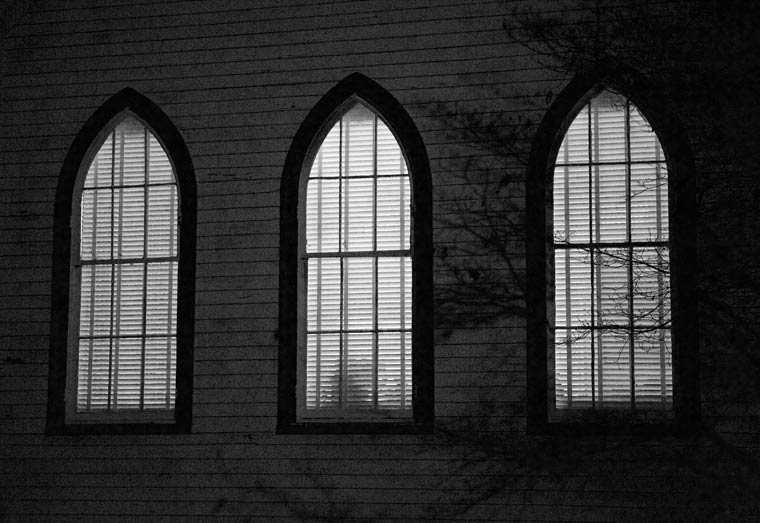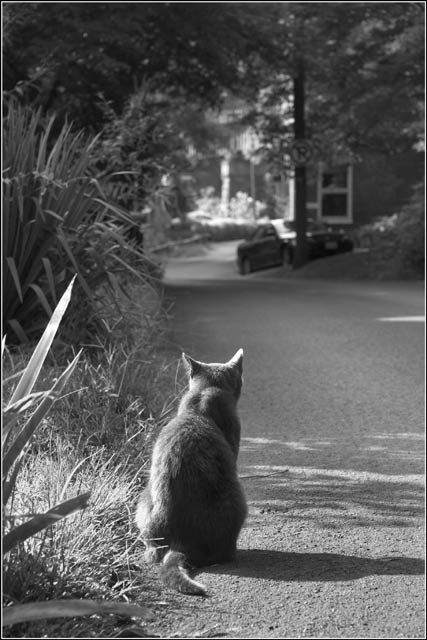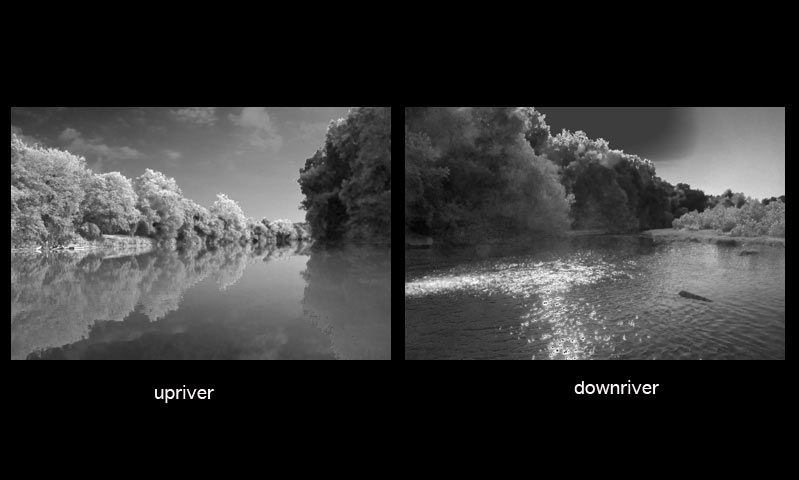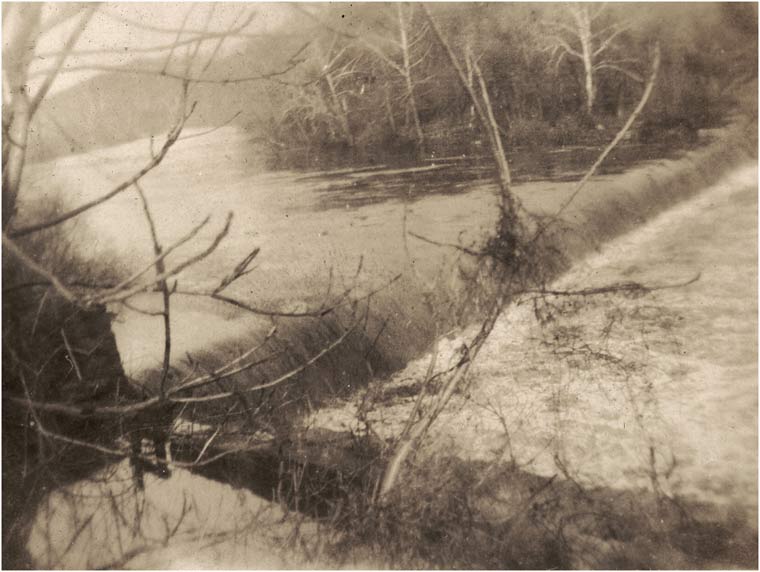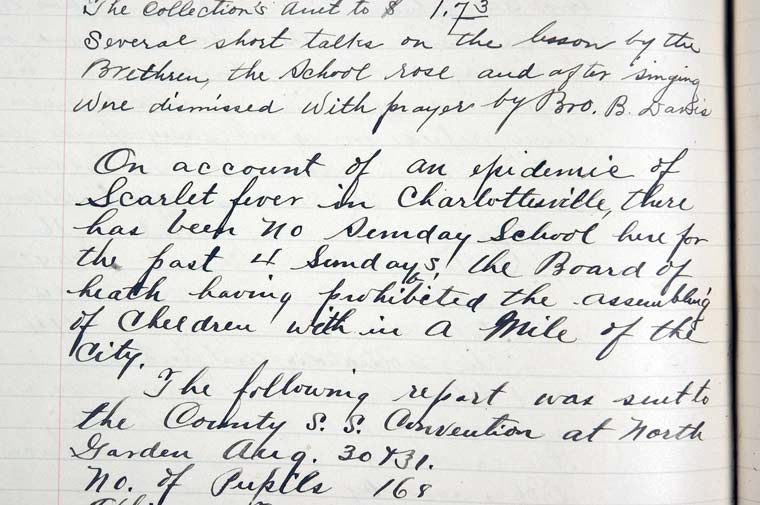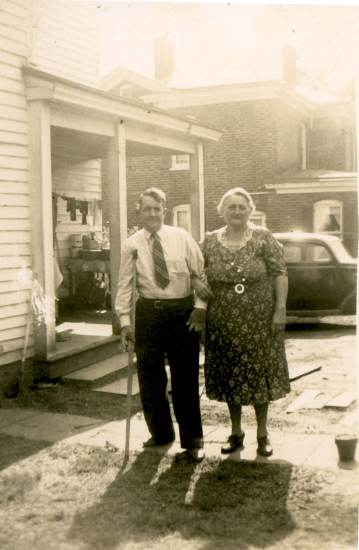Sunday, February 28, 2010
Sunday, November 22, 2009
Thursday, October 15, 2009
walkabout
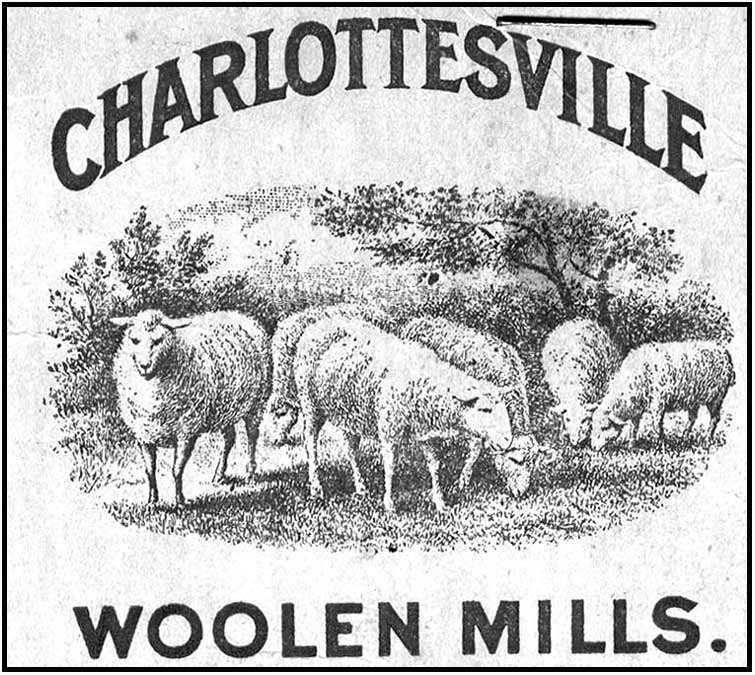
Preservation Piedmont has organized an open house and walking tour event in the sustainable, dynamic and historic Woolen Mills Village neighborhood.
Tickets are on sale at New Dominion Bookshop, Greenberry's (Barrack's Road) and Beer Run.
For more info please visit Preservation Piedmont's website and click on the "fall tour event" link.
Questions? E-mail: preservationpiedmont-at-gmail.com
This year Preservation Piedmont features both historic and contemporary homes in the Woolen Mills neighborhood to show how new architecture can complement and enrich historic areas. Modern, sustainable architecture expresses the approach to design and living today, and adds a "21st century layer" to the history of a neighborhood. This tour includes a variety of housing and building types to reveal the rich history of the Woolen Mills neighborhood, and to demonstrate how different buildings can change over time to accommodate new residents, while retaining their historic value.
On Saturday, October 17th, from 1-5pm, eleven structures in the Woolen Mills neighborhood will be open for touring. These structures include the historic Woolen Mill and administration building, homes once occupied by mill workers, the Woolen Mills Chapel, and various late 19th century homes in the area.--Preservation Piedmont
The pictures below are remnants from the Woolen Mills Road--Photographs Maps and Legends exhibit which was installed at the Albemarle Charlottesville Historical Society, October 2006 through February 2007.
The photos give a taste of the visual fabric of contemporary Woolen Mills. I am being lazy as well, it was an existing document, appropriately, all I had to do was shrink.
The Woolen Mills Village self-guided House Tours begin at the Woolen Mills Chapel at 1819 East Market Street, October 17, 1 PM. The tour shuts down at 5 PM .
Tickets are $20 and can be purchased at the locations listed above. Saturday, tickets can be purchased at the Woolen Mills Chapel. A $5 discount is available to students, residents in the Woolen Mills neighborhood, and members of Preservation Piedmont.

On Sunday, the Preservation Piedmont events continue. Tickets will be on sale at the A School.
Preservation Piedmont will be hosting a lecture and walking tour of the work of renowned local architect, Stanislaw Makielski.
Makielski, an architecture professor at the University of Virginia for over 40 years, designed numerous buildings in Charlottesville and worked on hundreds of others. The Sunday walking tour, led by UVa architectural history professor Richard Guy Wilson, will look at Makielski's buildings in the UVa and Rugby Road area, and will include the Phi Gamma Delta and Phi Kappa Psi fraternity houses, the Thomas Jefferson Memorial Church, and Preston Court Apartments. The tour will conclude with a reception to be held at the Thomas Jefferson Memorial Church on Rugby Road.--Preservation Piedmont
The Architecture of Stanislaw Makielski (the Architecture School?s first faculty member.)
A Walking Tour with Richard Guy Wilson
October 18, 2-5 PM
Meet: UVA School of Architecture - Naug Lounge
Labels: Woolen Mills Village
Thursday, April 02, 2009
Woolen Mills Road
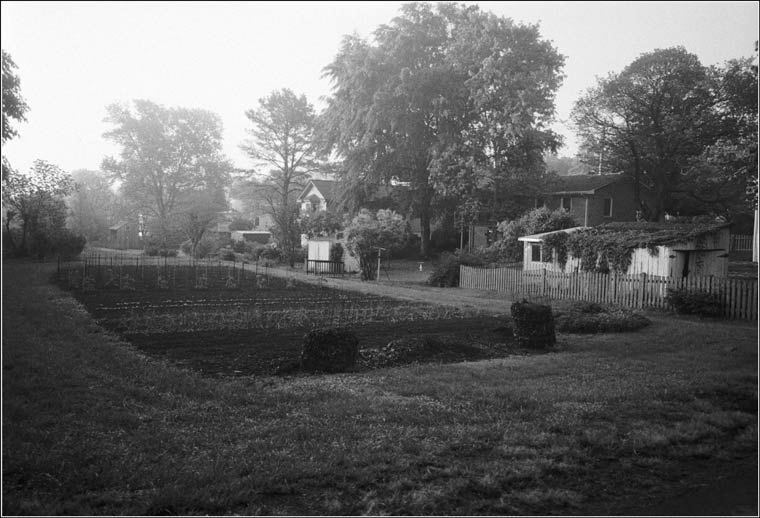
Pictured above, Edna Holloway's garden spot
Join Victoria Dunham and Bill Emory for a walking tour of the Woolen Mills, 12-1pm, Sunday April 5. Meet at the Woolen Mills Chapel, 1819 E Market Street.
Tour is part of "Preservation Week 2009"
Labels: Woolen Mills Village
Saturday, August 18, 2007
lola & louise
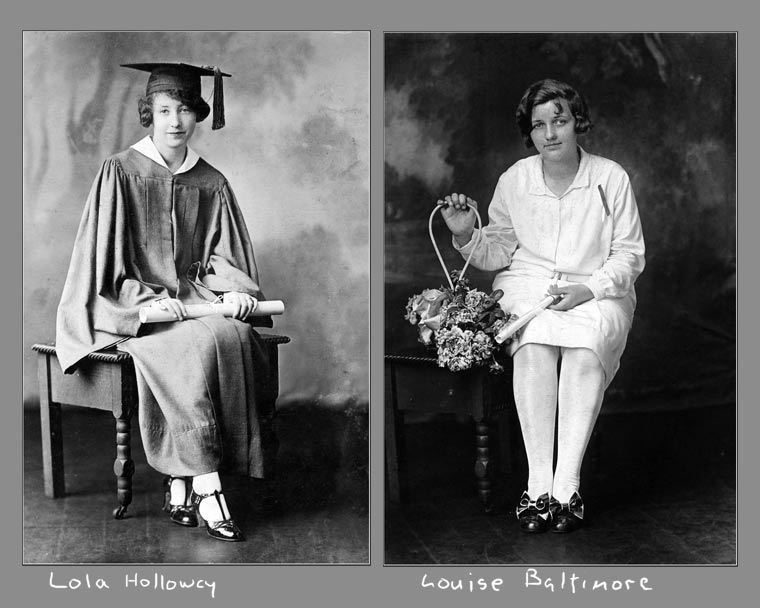
Lola and Louise grew up on Woolen Mills Road, across the street from one another. This past week has witnessed the deconstruction of a landmark central in their lives, the Woolen Mills dam.
Labels: Woolen Mills Village
Sunday, August 12, 2007
Thursday, August 09, 2007
Friday, April 13, 2007
greatest generation
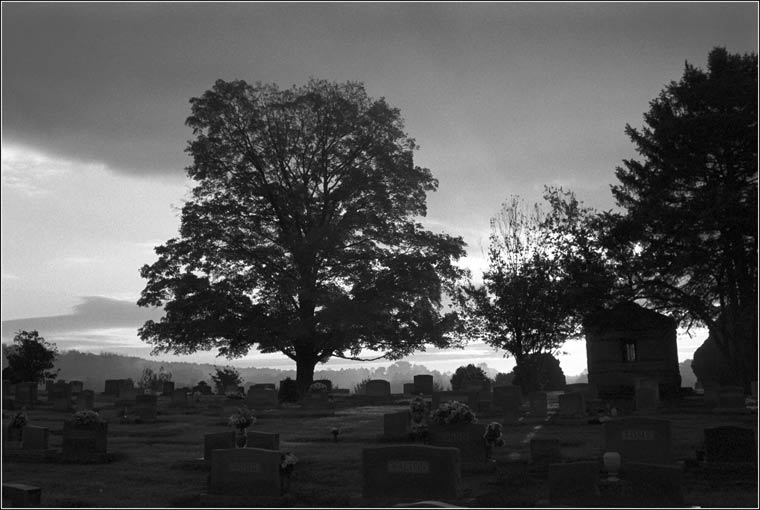
Four funerals today and no weddings. Lyne lost his mother, Doug lost his father, Gladys lost her daughter in law and my dear neighbor, Mabel Marrs, is going to ground in Riverview Cemetery.
"Hello, babies. Welcome to Earth. It's hot in the summer and cold in
the winter. It's round and wet and crowded. At the outside, babies,
you've got about a hundred years here. There's only one rule that I
know of, babies ? 'God damn it, you've got to be kind.' "-- Kurt Vonnegut
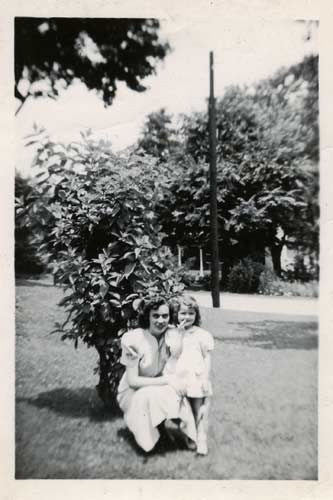
Mabel Marrs and Jean Baltimore
Labels: neighborhood, Woolen Mills Village
Tuesday, January 23, 2007
a place in history

On January 4th, 2007, the City issued a press release announcing the impending "recon-level" survey of the Woolen Mills neighborhood by Virginia Department of Historic Resources staff and volunteers.
In response to the press release the Daily Progress ran a short piece and the local broadcast news folk came to the neighborhood to see what was up.
The TV news pieces aired January 6&7 (WVIR NBC 29)) and January 15 (WCAV CBS 19).
If you are interested in viewing the TV coverage visit you.tube
Labels: Woolen Mills Village
Friday, January 12, 2007
first time
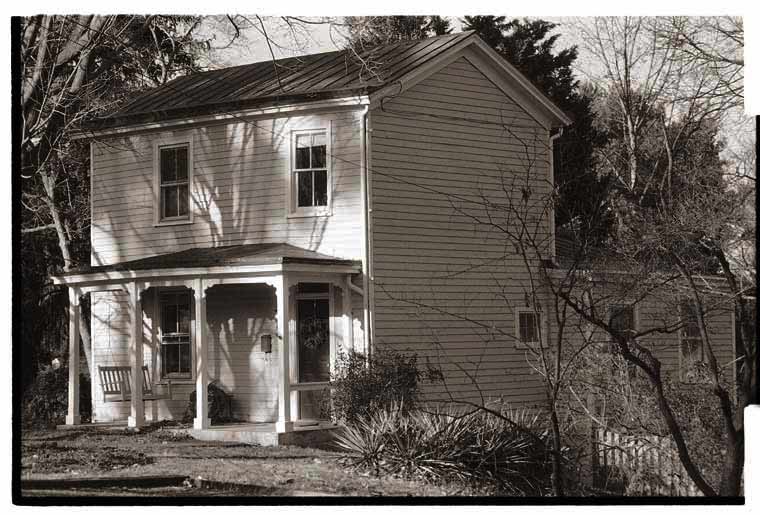
Holloway House, Woolen Mills Road. Edna Holloway died in her 109th year. Charles and Mamie Holloway lived here before Edna and Arthur Holloway. Charles was in charge of wool sorting at the Mill, Arthur was a "loom-fixer".
Part of the recon level survey involves photographing all structures in the proposed district with Film. The negatives go into VADHR's files. Eventually this requirement will be changed to some sort of digital media, but what sort? Archivists are able to look backward and appreciate the proven track record of properly processed "real" b&w film (not C41). It's hard to look forward and know what'll happen to CDs, DVDs.
Used a Nikon F4 which my favorite camera store assures me has absolutely Zero trade in value. A wonderful camera. Ergonomic. Tough. No menus to dig through.
For the first time in life I am giving away negatives, nine rolls, they'll be stored in Richmond.
Labels: Woolen Mills Village
Thursday, January 11, 2007
keystone
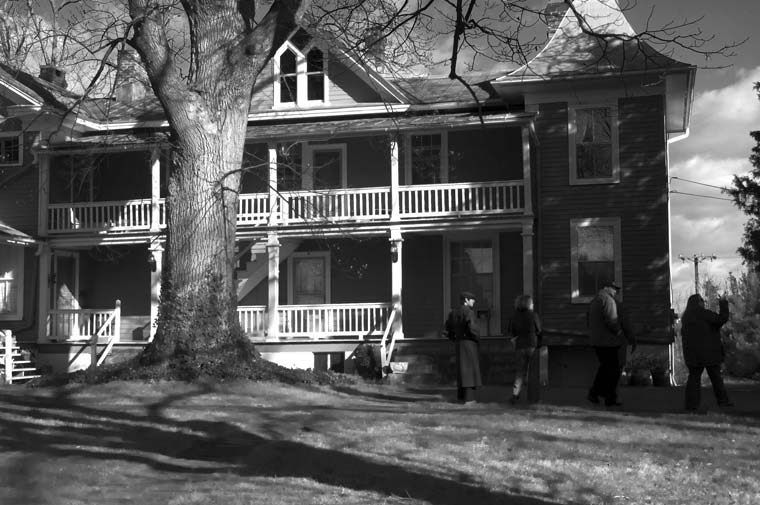
Labels: Woolen Mills Village
Saturday, January 06, 2007
home place
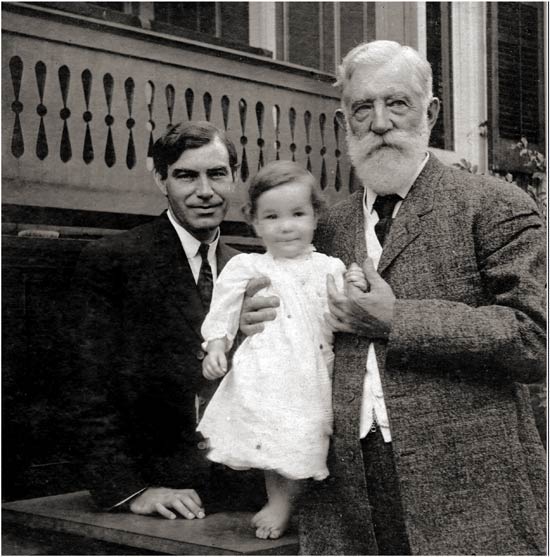
real adj 1. Not imaginary, fictional or pretended; actual. 2. Authentic or genuine. 3. Essential; basic.
earnest adj 1. Serious and determined. 2. Showing or expressing deep sincerity or feeling. 3. Of an important nature.
Labels: Woolen Mills Village
Wednesday, December 06, 2006
Dot, Emma, Louise
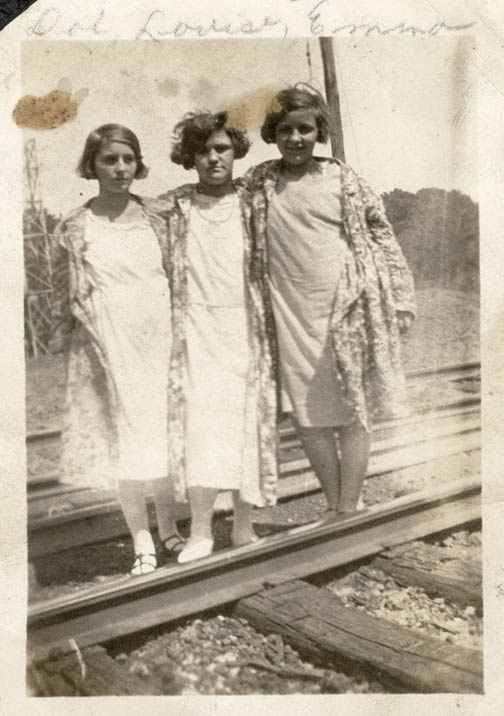
Woolen Mills Road show featuring a hundred+ vintage photographs continues at Albemarle Charlottesville Historical Society through February '07.
Labels: Woolen Mills Village
Monday, December 04, 2006
home again
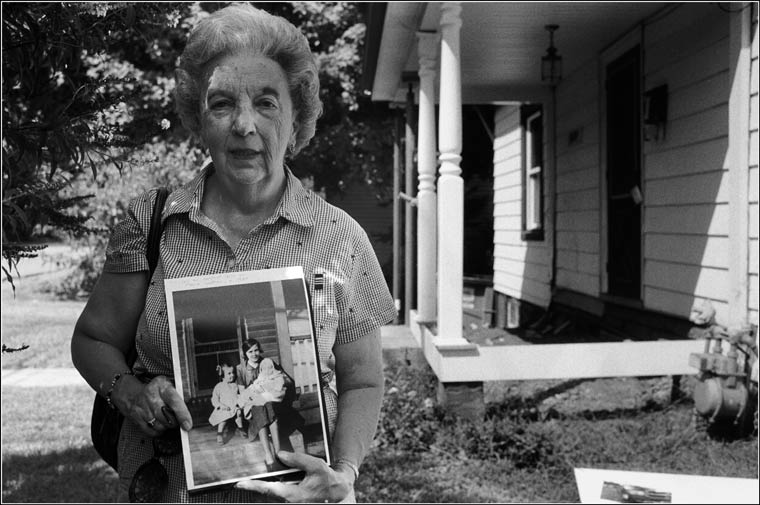
Mary returns to Woolen Mills Road four months after a vehicle short-cutting through the neighborhood smashed her house.
Labels: meta, Woolen Mills Village
Friday, November 03, 2006
First Friday
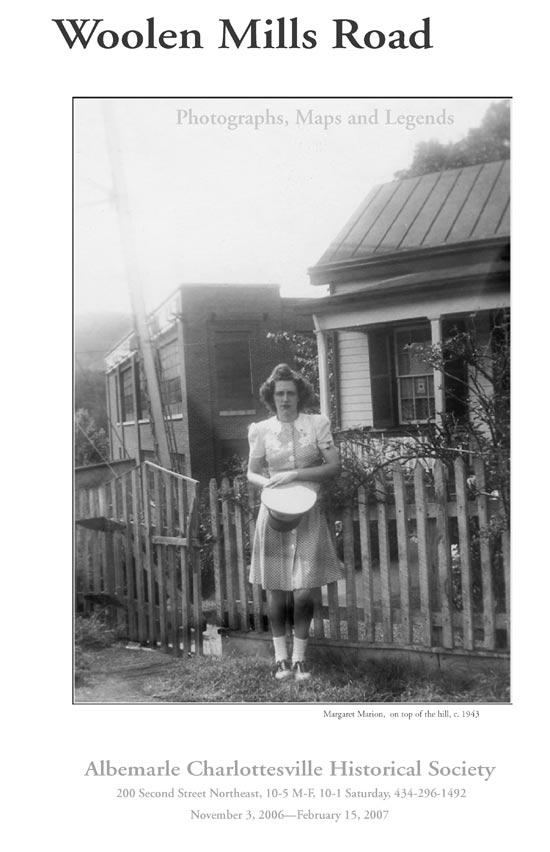
The Woolen Mills Road exhibit will be open tonight, 5-8 p.m. for First Friday.
Labels: Woolen Mills Village
Friday, October 13, 2006
Mr. Huja's wisdom
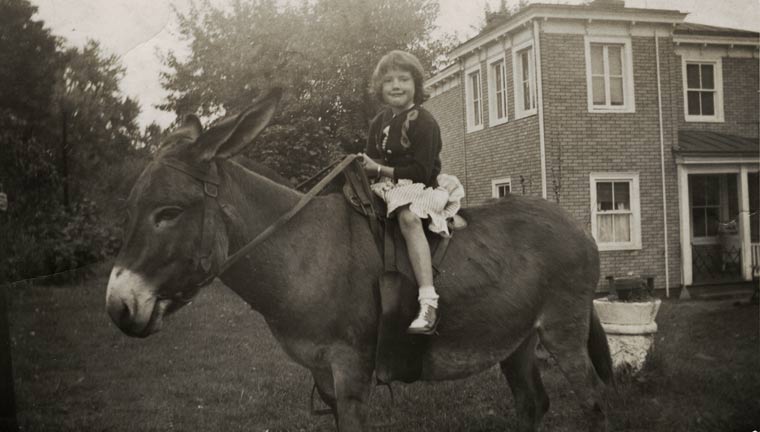
Historic Landmark Study, Satyendra Singh Huja, 1976
Labels: Woolen Mills Village
Monday, October 09, 2006
Woolen Mills Road
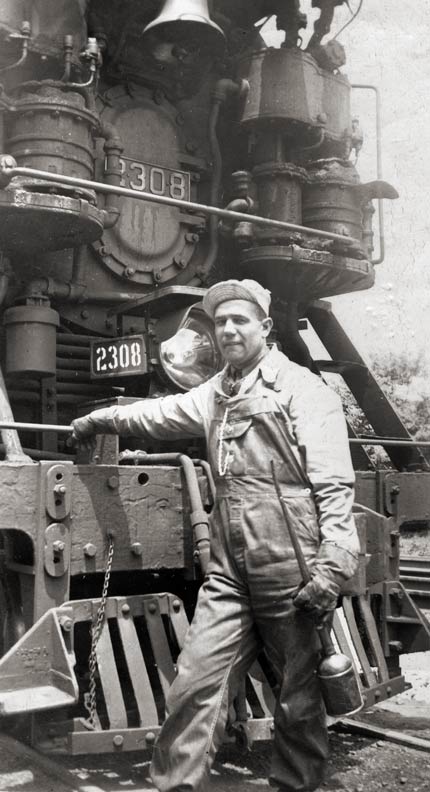
Following the death of his father in 1925, Woodie Franklin Pritchett moved from northern Albemarle county to the Woolen Mills village. In 1933 Woodie married Virginia Louise Baltimore of Woolen Mills Road. Early on, Woodie worked for the Charlottesville Woolen Mills. Later in life he worked for the Chesapeake and Ohio Railway Company. Woodie founded a neighborhood grocery on Culvert Road. He was a Trustee of the Woolen Mills Chapel. He raised livestock, he could fix anything.
Woodie's locomotive is shown in the opening scene of the 1956 movie, Giant.
Labels: Woolen Mills Village
Saturday, October 07, 2006
Biblical
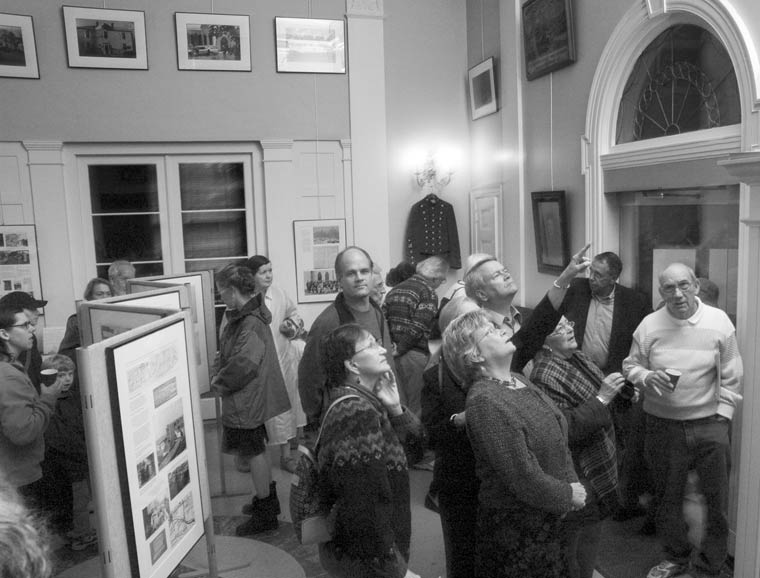
We are having a Biblical rain event in Charlottesville this weekend. The Rivanna rages. Fitting background weather for the Woolen Mills neighborhood. The neighborhood that has wandered in the wilderness for Forty Years.
Last night's opening reception for the Woolen Mills Road exhibit was sweet.
The guests looked at the material on display, that doesn't happen at openings.
Labels: Woolen Mills Village
Friday, October 06, 2006
Ovis Aries
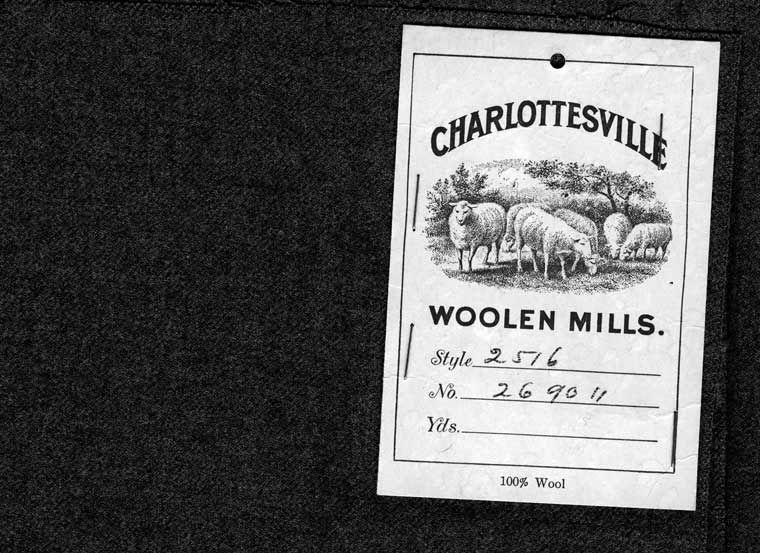
Sheep were among the first animals domesticated. An archeological site in Iran produced a statuette of a wooled sheep which suggests that selection for woolly sheep had begun to occur over 6000 years ago. The common features of today's sheep were already appearing in Mesopotamian and Babylonian art and books by 3000 B.C.- Oklahoma State University
Mammalia Ungulata Artiodactyla Pecora Bovidae Caprinac Ovis Aries
Opening reception, 5-8PM, Albemarle Charlottesville Historical Society
Labels: fauna, Woolen Mills Village
Monday, October 02, 2006
the small print

Tonight Charlottesville City Council votes on the Woolen Mills. The question is whether to put the convenience of cut through traffic above the needs of a residential neighborhood.
In May, Council agreed to open 4th Street across the downtown pedestrian mall and further, they made the street one-way. These actions were taken in response to the requests of the downtown business people. Council can respond quickly.
After a one year "study-period" Council will decide whether to make the 4th Street changes permanent.
Please, City Council, please let us have our neighborhood back for a year, make Franklin Street one way south between Market and Carlton Avenue and restrict trucks and cut through traffic.
Note: For those of you interested in analyzing aerial imagery. The photo above was taken July 11, 1957. It appears that Carlton Mobile Home Park and Sunrise Mobile Home Park are still hay fields. The Carlton Avenue industrial corridor is fully developed from Franklin Street to Carlton Road. Woolen Mills park, the Mill's recreational area south of the railroad tracks, still exists, hasn't yet been converted into an industrial park.
No sewage sludge smell- the RWSA facility has not yet been built.
North of the tracks it would appear that the only industrial encroachment into the residential neighborhood is one lot of junked cars on Harry Wright's property.
The following year, "urban-removal" experts, Harland-Bartholomew and Associates will craft a plan:
January 6, 1958
Mr A.C.Coleman, R.M.Davis, Thomas.J. Michie, Louie.L. Scribner and Sol.B. Weinberg present. Mr David J Wood addressed council, presented ?the Workable Program for Urban Renewal? as prepared by Harland Bartholomew and Associates.
An ordinance entitled ?An ordinance amending and re-enacting the code of the City of Charlottesville of 1945 by the addition thereto of a new chapter numbered 35 and entitled ?Regulations governing the subdivision of land within the corporate limits and within three miles of the City of Charlottesville?and replacing section 1 through 5, inclusive of the subdivision regulations, which are part of chapter 33, Code of the City of Charlottesville 1945 entitled ?Zoning?? was offered by Mr.Scribner, seconded by Mr. Weinberg, and carried over to the next meeting for consideration.
This plan lays the groundwork for the destruction of the Vinegar Hill neighborhood and the introduction of "Industrial zoning" and multi-family zoning north of the railroad tracks in parts of the Woolen Mills neighborhood that will not be annexed until 1963!
Labels: government, Woolen Mills Village
Thursday, September 28, 2006
A matter of balance

"The Woolen Mills, though it feels like city in the country, really isn't. It started out as an industrial community and it is completely embedded in an industrial network, to the south, to the east, to the north." -Vice Mayor Kendra Hamilton
I respectfully disagree.
The woolen mill was located at the juncture of Moore's Creek and the Rivanna River. The lion's share of the Mill's real estate holdings throughout the residential mill village functioned as the village commons. You could keep a cow on the mill land, you could play baseball, you could go rabbit hunting.
Above, Emma Baltimore Amiss sits in the side yard of 1709 East Market. The hedgeline in the distance, to the north, marks the edge of Riverview cemetery. When this picture was taken the "industrial community" had been running full tilt for seventy years.
Having neighborhood industry doesn't necessarily destroy quality of life. Industry and an agrarian ethic can thrive together as this picture clearly illustrates.
Quality of life is a carefully maintained balance.
Labels: Woolen Mills Village
Wednesday, September 27, 2006
Thursday, September 21, 2006
Woolen Mills Police
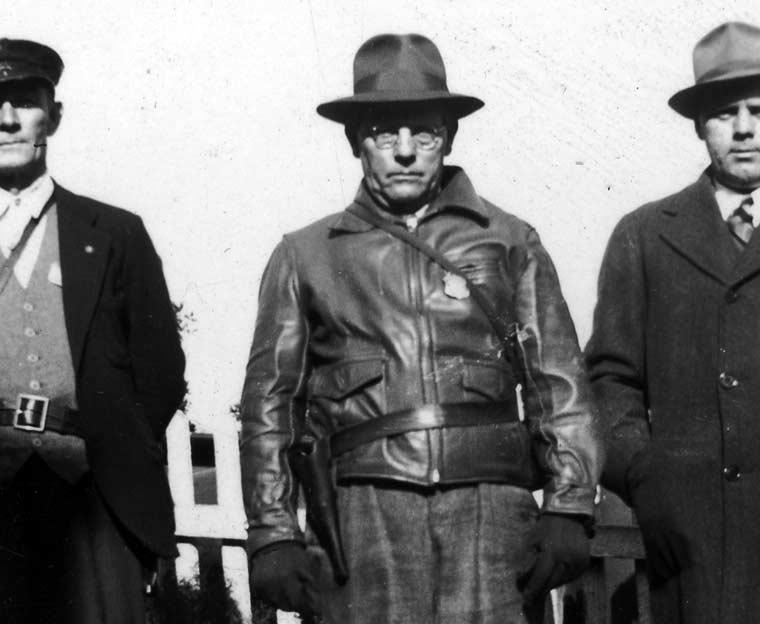
At points it was rumored that the Woolen Mills might incorporate as a town. There was a school, a church, trash pickup, health insurance, a police force, a park, a store and an employer. There was agricultural production. Hogs were raised and killed, cows milked, vegetables canned.
The people of the Woolen Mills nursed their sick, buried their dead.
The Woolen Mills was a community of people that migrated to the foot of Monticello in response to socio-legal and economic pressures. They came to the S-bend of the Rivanna in search of a better life. On Woolen Mills Road they built a remarkably stable family village.
Upon first glance it is possible to conclude this was an "industrial village". It is a logical assumption. There was one industrial employer.
But what made this village endure were multilayered ties of family and the habit of agrarian self-sufficiency.



Woolen Mills Road- Photographs, Maps and Legends on display now at the Albemarle Charlottesville Historical Society
Labels: Woolen Mills Village
Wednesday, September 13, 2006
Photographs, Maps and Legends

For more than one hundred years this was the Place, home to ?the woolen factory? and its community of workers. A community unified by kinship, workplace, church, and agrarian traditions in a rapidly evolving industrial world.
The exhibit is a scrapbook of stories and images from the Place.
(on view until January 15, 2007 at the Albemarle Charlottesville Historical Society, 200 Second Street, Charlottesville. ACHS is next-door to the Charlottesville Public Library. 434-296-1492)
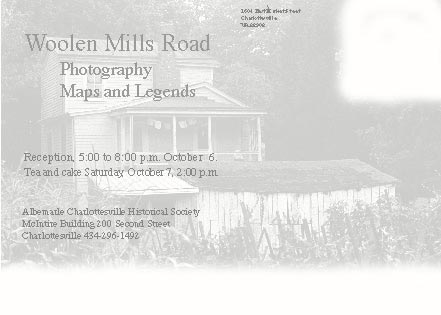
Labels: Woolen Mills Village
Sunday, September 10, 2006
day of rest
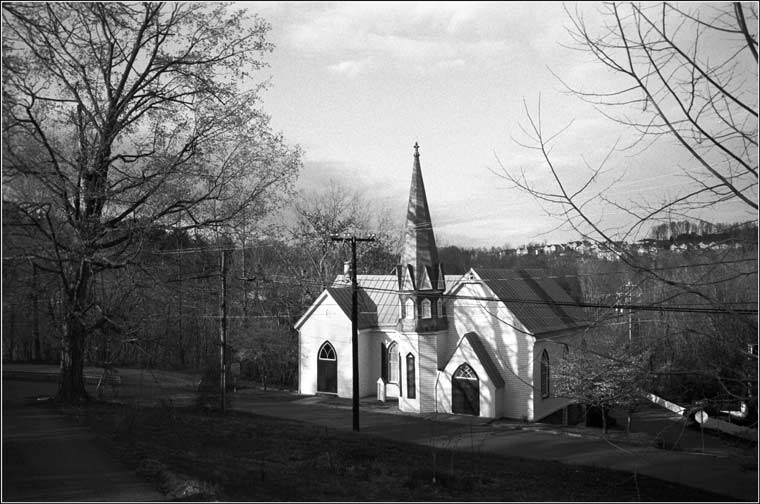
For the majority of adults in the village, life was closely channelled between work and worship. Six days a week, work at the mill for the mortal masters, on the seventh, go to church, go to God. Church service in the morning, Sunday school in the afternoon. Monday, back to work.
Installation of Woolen Mills village display at the Albemarle Charlottesville Historical Society is 80% complete and open to visitors, M-F, 10-5PM, Saturday 10-1PM.
The exhibit is located in the McIntire Building | 200 Second St., NE | Charlottesville, VA 22902-5245
Labels: Woolen Mills Village
Tuesday, August 22, 2006
Phone home
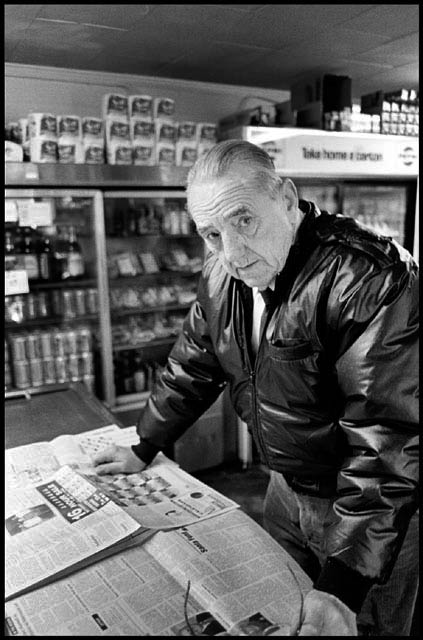
This is Raymond Bibb, long time Woolen Mills resident, died in 1999. Raymond's parents were Martha V. Baltimore and C.M. Bibb. I need help finding Raymond's daughter. Please ask her to call home.
Labels: lost, people, Woolen Mills Village
Saturday, August 19, 2006
Riverview
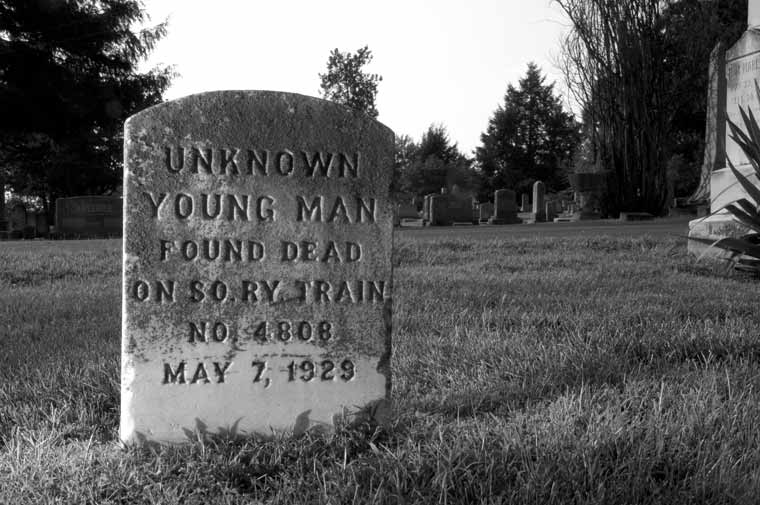
The Washington Sub is the middle leg of the old C&O main line through Charlottesville. Most through traffic has been re-routed on the James River line, except for westbound empty trains. This route once hosted the Washington and Richmond/Norfolk sections of the C&O's name trains, such as the FFV, the George Washington and the Sportsman. In addition to these passenger trains, the line hosted through manifest freight service to Washington via the Southern Railway via rights that the C&O purchased in 1890. These trackage rights have lapsed. In 1890 the C&O also leased the old Orange and Alexandria line between Gordonsville and Orange, after the Southern constructed its own line between Orange and Charlottesville.
Labels: exeunt, stilllife, Woolen Mills Village
Tuesday, August 01, 2006
process unknown

Hoping some of you curators of works on paper/process experts can help the silver-gelatin dummy. The above is a detail from a suspiciously photographic sized portrait (16x20"). I would guess late 19th early 20th C. The subject wouldn't have had a huge art budget. Any thoughts about process? The image is on a heavy piece of board. I'd guess charcoal but the Chuck Close realism leads me to think there is a photo somewhere in the image's past...
Labels: people, Woolen Mills Village
Thursday, July 20, 2006
Piraeus
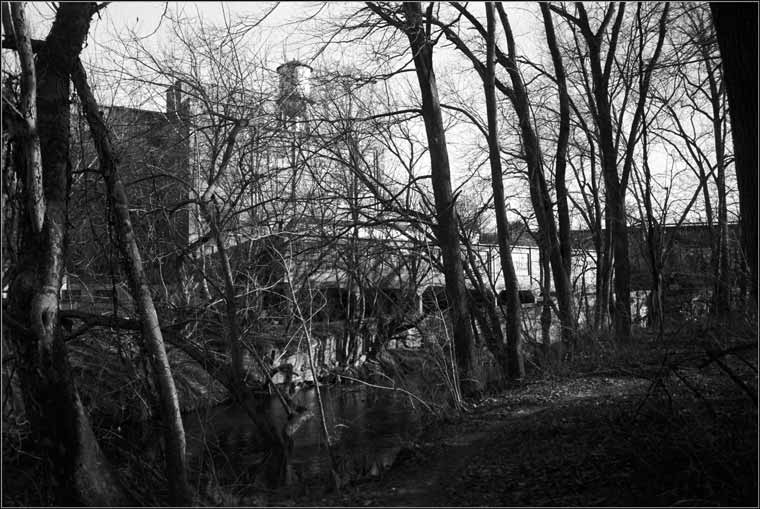
This past Monday night Charlottesville City Council voted to deny a petition to upzone the backyard of Woolen Mills "Lot #1". The vote was unanimous and in agreement with the recommendation of the Charlottesville Planning Commission.
Woolen Mills Road background.
Labels: government, riverine, Woolen Mills Village
Sunday, July 09, 2006
Friday, June 02, 2006
Woolen Mills Road Inc.
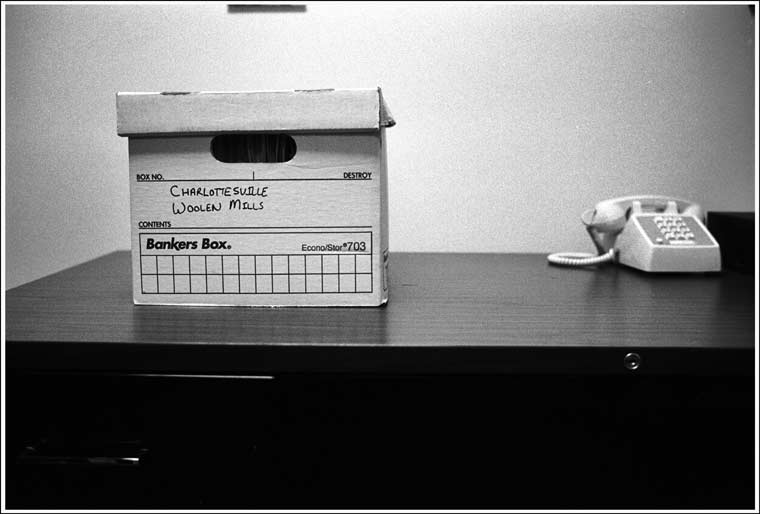
I've always been a little picture person. Thank goodness for larger thinkers.
Labels: Woolen Mills Village
Thursday, May 18, 2006
Thomas, Roy and Louise
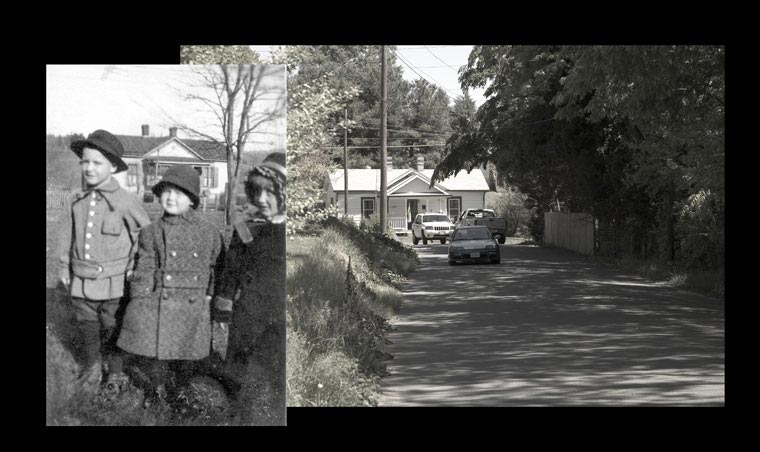
doing an origin-destination study, as close as one person can, without technology.
Labels: Woolen Mills Village
Monday, May 01, 2006
Honey! Those men are in the yard again!

They say Thomas Jefferson never saw morris dancers.
They say Thomas Jefferson used to ride to Charlottesville by the short route, up the Rivanna Turnpike past the Mill at Pireus. If Jefferson had glanced to his right, 50 yards off the Rivanna Turnpike at 7:11:46 (Standard Time) this morning he would have finally seen them. Morris Men, seven of them, dancing on May day.
There are many traditions afoot in the Woolen Mills. NASCAR, African drums, meditators, piano players, artists, programmers, architects, bus drivers, retirees, carpenters, laborers, plumbers, lawyers...
We value the character and the diversity of our neighborhood.
Seven Men dancing in the backyard, that's ok (even if Th. Jefferson never saw them).
Seven dwelling units in the backyard? Not OK.
Labels: development, Woolen Mills Village
Thursday, April 27, 2006
Pireus dawn
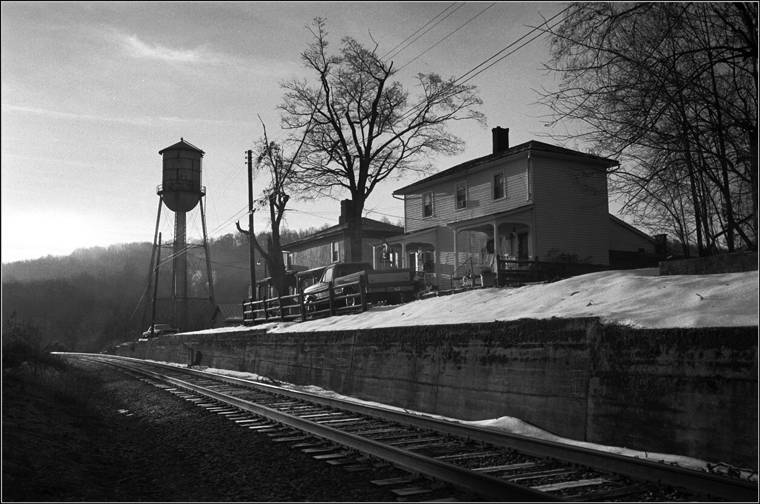
The neighborhood expanded ?rst up the C&O railroad line that followed the ridgeline to Charlottesville. It then spread to adjacent high ground. Although noise and smoke from trains must have been bothersome, the location kept workers safe from the ?oods that periodically inundated the low ground beside Moore?s Creek and the Rivanna River. It also kept them away from the main sewage pipe that drained from town, as well as from the run-o? from the outhouses and animal pens that lined the backyards.
?The Charlottesville Woolen Mills: Working Life, Wartime, and the Walkout of 1918? by Andy Myers
Labels: Woolen Mills Village
Wednesday, April 19, 2006
hanging by a thread
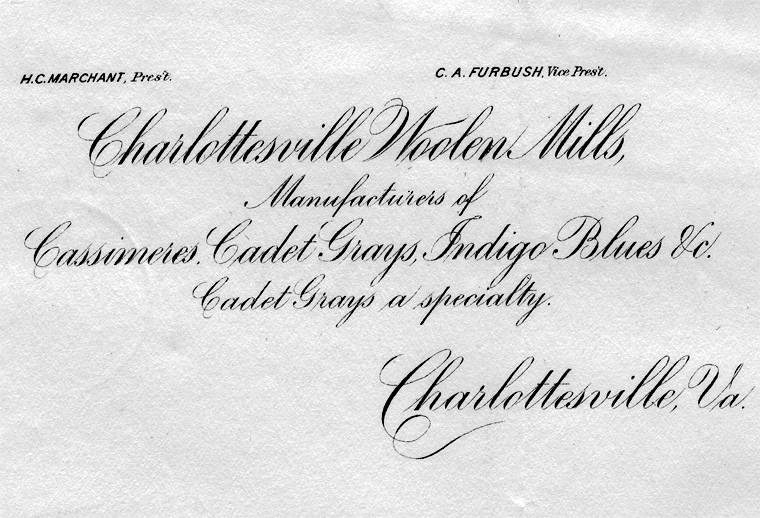
A hundred people, a hundred years, what's that amount to in the calculus of life? Ten thousand human years. Three million six hundred thousand days. But wait, they were married, they had children. Fourteen million days, conservatively, in the shadow of Monticello, on the south bank of the Rivanna, working, working, working.
And who were these people? What were their names? Why were they here?
No one cares.
Andy Myers cares.
God bless Andy Myers. Godspeed Andy Myers.
The Charlottesville Woolen Mills: Working Life, Wartime, and the Walkout of 1918
Andrew H. Myers
Labels: Woolen Mills Village
Saturday, April 08, 2006
cats and dogs Ecclesiasticus
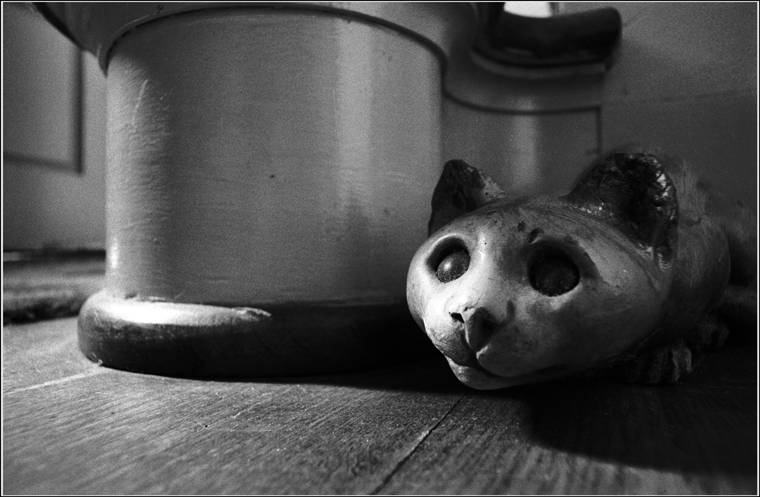
Woke up this morning, the street full of cars, an estate sale on Woolen Mills Road. None of the neighbors had mentioned it to me, indeed, none of the neighbors were on hand, the notification went out via Internet.
Leave behind the ashtrays, silver service, tools, furniture, Life magazines, all the collectible items that could have come from anywhere, from any old person's house.
What constitutes a life? We struggle to look back in time, to save shards of an era and a neighborhood that possessed a sense of community beyond anything we will know.
Blessedly the Liquidators missed a few items. One of them, a "certificate of longevity" issued to the beautiful Edna, three days after her 109th birthday, April 2, 1999.
The other, Louise's 1931 high school yearbook.
who are perished, as though they
had never been; and are become as though
they had never been born;
and their children after them.
Sirach 44:9
Labels: doll, lost, Woolen Mills Village
Saturday, April 01, 2006
Woolen Mills
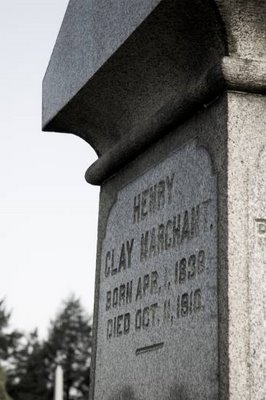
In honor of HCM's 168th birthday historian Rick Britton has loaned his article:
The Charlottesville Woolen Mills, Clothing a Nation
to the new site, historicwoolenmills.
Who was Marchant?
Read!
Labels: Woolen Mills Village
Thursday, March 23, 2006
not bisquick run
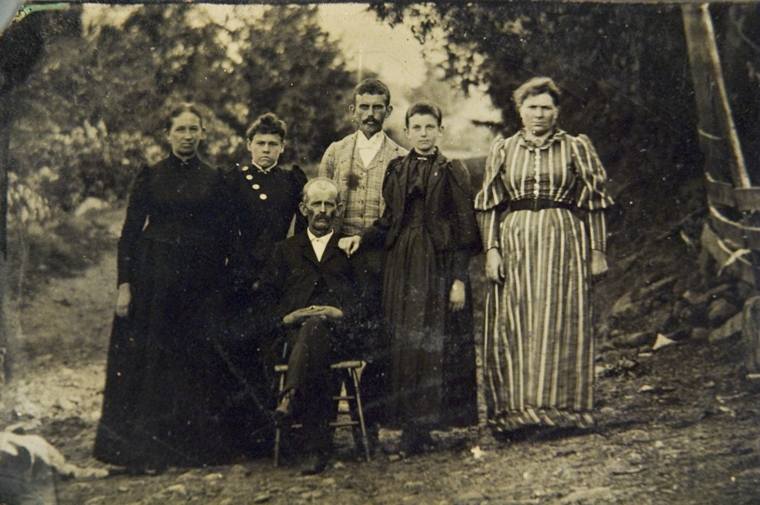
In 1870, Barnabas Brennan bought land in the Woolen Mills neighborhood from Thomas Farish (DB 65 Page 532). He bought a good sized piece, approximately seven tenths of a mile of frontage along Woolen Mills Road stretching back to the railroad tracks.
In 1884 Brennan turned over his land to creditors. In 1886 the creditors had portions of that land known as "The Farm" subdivided into lots (DB 86 PG 111), these lots were gradually built on by residents of the expanding Mill Village.
Lot #1, of the subdivision, was 2 acres, the Graves' house. Warren S. Graves, was working for the Woolen Mill by 1880. In 1930, at the age of 71, Graves was the carding foreman. For years following his death, this house was occupied by Miss Nora Graves and Claude Graves, brother and sister. Miss Nora was an attendee of the Woolen Mills Chapel, taught Sunday School, Claude worked at a hardware business in town.
The rear portion of the Graves lot has been acquired by developers. The developers hope to up-zone the land to a PUD (planned unit development) and place seven houses on eight tenths of an acre. The developer say that less density (four units) "feels awkward". The developers are three young men.
Open space in the Woolen Mills neighborhood is the fabric of history. The Woolen Mills residents were largely factory workers during reconstruction. They were not wealthy landowners. They were in large measure yeoman farmers trying to stay on their feet in a rapidly evolving industrial world. In this new neighborhood they preserved networks of kinship and traces of their agrarian past.
It is important to remember where we come from. This is done by preservation of documents, preservation of the built environment and preservation of landscape.
The City has programs to help neighborhoods retain their historic fabric. I pray the programs are not too little, too late for this old neighborhood.
Related posts:
Conservation easements
Monticello Viewshed
Road to Damascus moment
Patch the fabric
Amiss house saved
Sand Island
Pireus Dawn
Hanging by a thread
99 years
Payday
Infill
Origin of the name
Screw Eden
Ecclesiasticus
The Fabric of History, a Walk in the Mill Village (pdf)
Labels: Woolen Mills Village
Wednesday, March 22, 2006
not biskit run
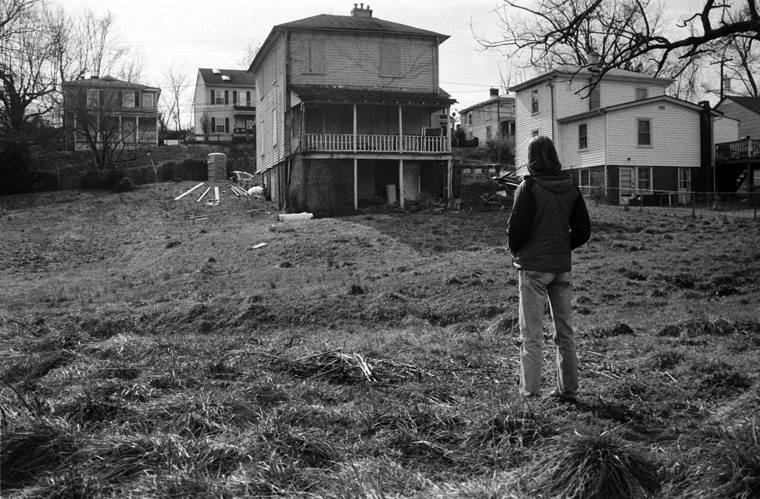
Woolen Mills Road. Emma's house. Built 1885. She kept a cow in the pasture south of the railroad tracks. Churned butter on the back porch. Hummingbirds hovered at the northwest corner of the house. Bees landed on her head. No fear.
Labels: heart, Woolen Mills Village
Tuesday, March 21, 2006
not biscuit run
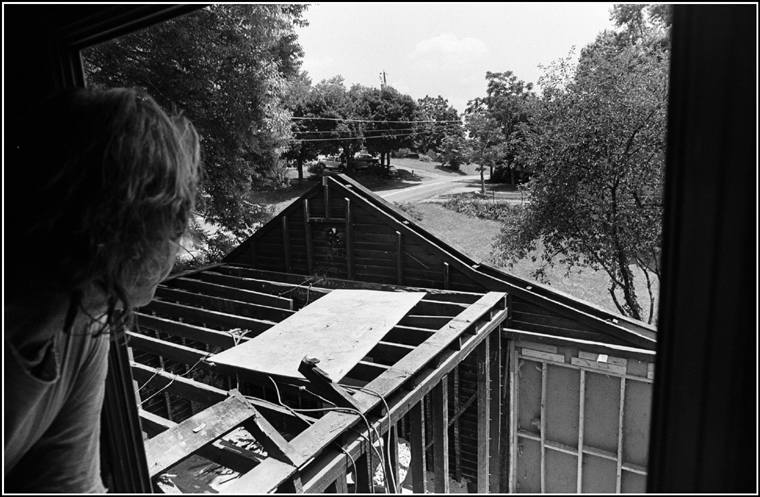
Patch a worn place in the fabric of history, rehabilitate a section of the built environment.
Labels: Woolen Mills Village
Thursday, March 16, 2006
Monticello Viewshed
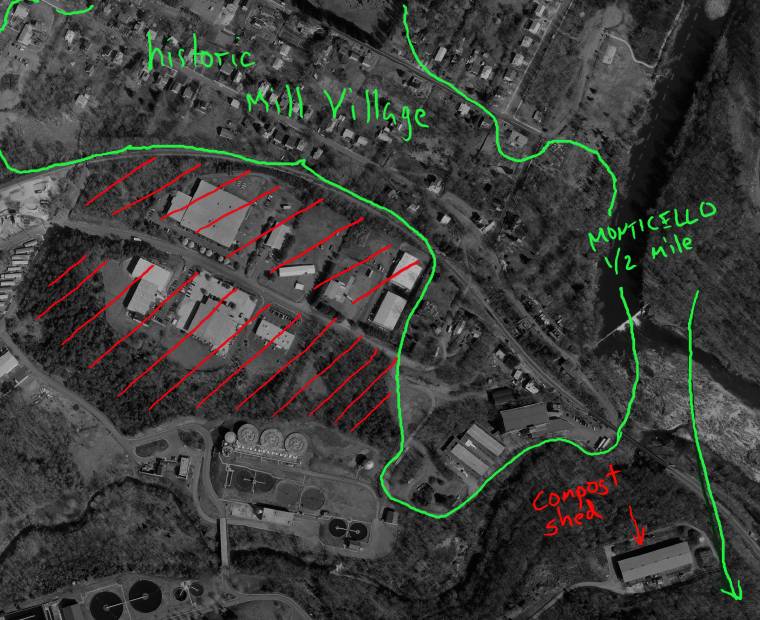
The area overlaid with diagonal red lines has gone from being a recreational park to an industrial park. This is an old photo, the area with trees beneath the red lines is now approximately 80% "built out".
Click on the link above for a spoken history...
(128Kb download, MP3)
Labels: dissonance, Woolen Mills Village
Tuesday, March 07, 2006
J.E. Hudson
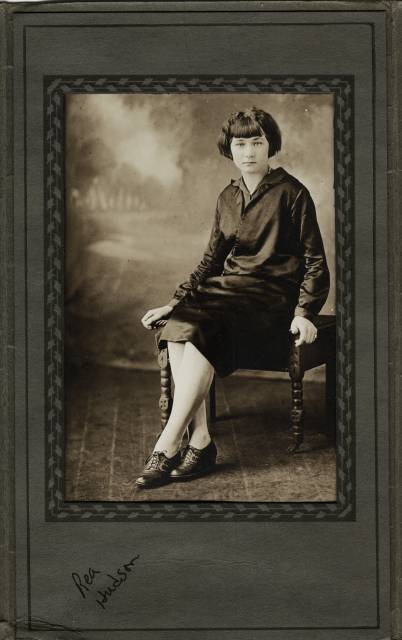
Looking for info about a family that lived in the house at 1516 Woolen Mills Road in 1917. Mary, Ray, Jimmie, Lucy and J.E.
I think J.E. was shipping foreman at the mill, that conjecture based on info from The Charlottesville Woolen Mills: Working Life, Wartime, and the Walkout of 1918 by Andy Meyers.
Have you seen this girl? In your old scrapbooks?
Labels: Woolen Mills Village
Sunday, February 19, 2006
John and Mamie Baltimore-Woolen Mills Road
When John Baltimore died, he was laid out downstairs in the northeast corner of the living room. His family put black crepe around the front door. People from the mill village came to visit, say goodbye.
Did John build this house? I am visiting the Circuit Court next week to piece together the chain of title. When a house is no longer owned by its constructing family the stories are forgotten.
I hate it when stories are forgotten.
Labels: couples, Woolen Mills Village
Tuesday, February 07, 2006
Henry Clay Marchant
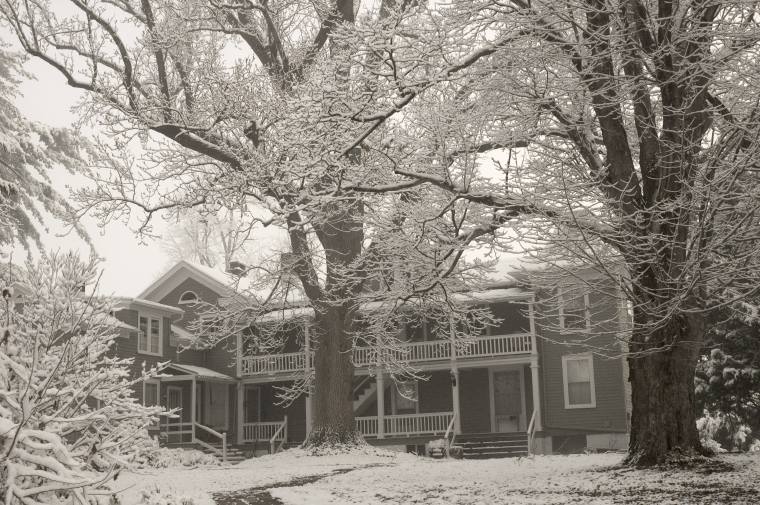
Listing conveys information, confers honor and heightens awareness.
Listing can help reinvigorate commercial and residential areas by preserving the spirit and character that make them special places.
Most of all, listing in the National Register of Historic Places informs the local, state and federal governments that a historic resource exists. (Virginia Department of Historic Resources)
There are people who think that chicken comes from the store. It's born that way. In shrink-wrap, upside down.
There are people living in the Woolen Mills neighborhood who think the "Mill" name was picked out of a hat, like a developer naming a subdivision "Avalon."
Pictured above, the mill owner's house. He lived in the mill village with his workers.
Labels: Woolen Mills Village

